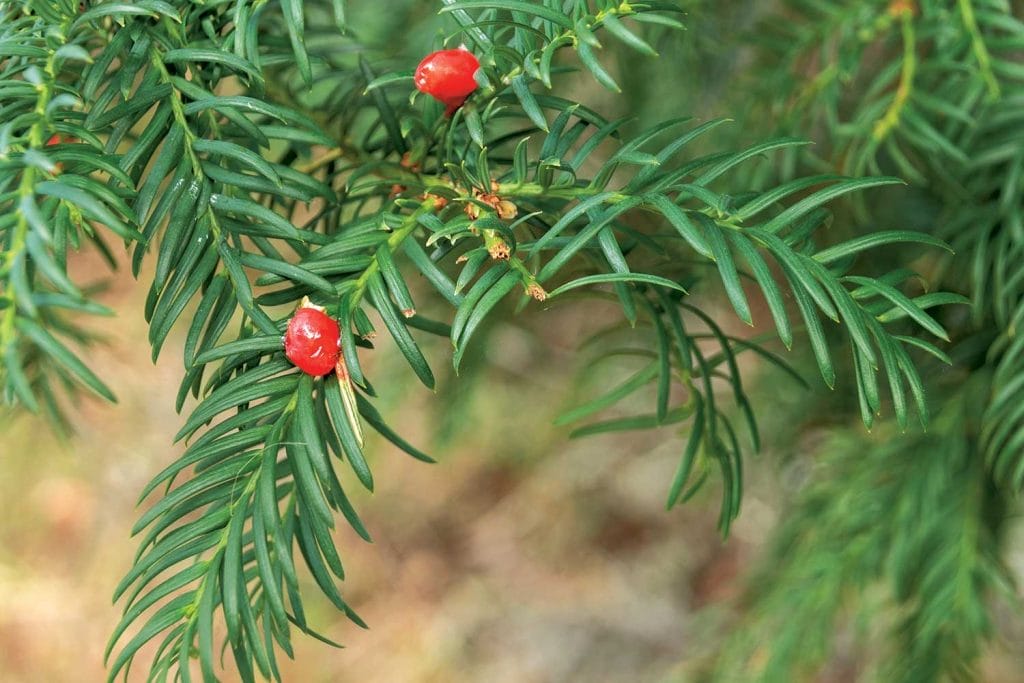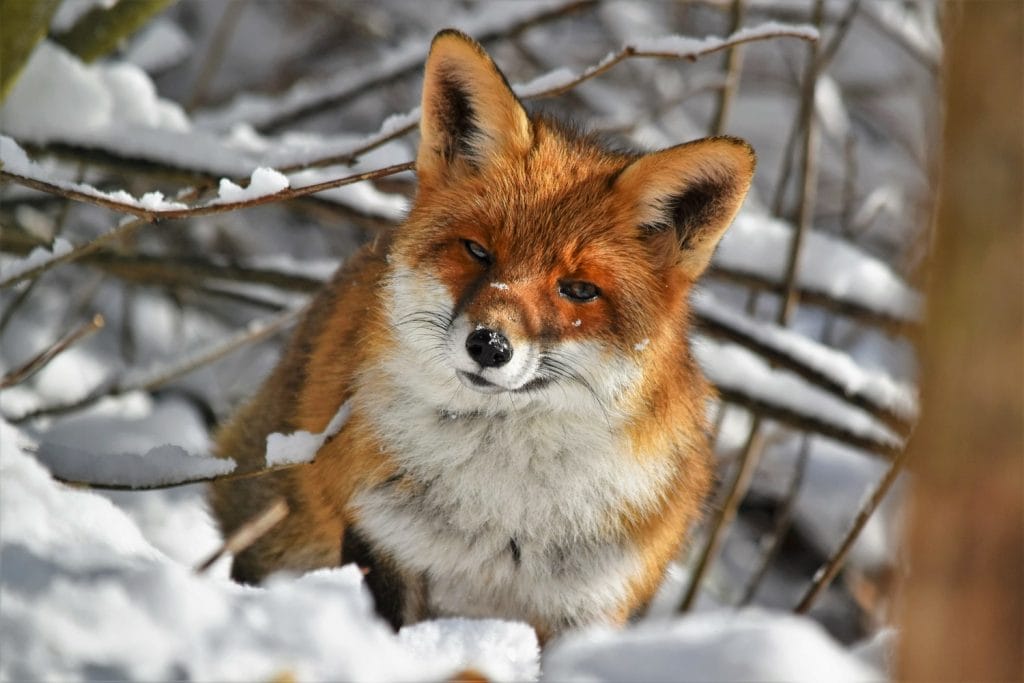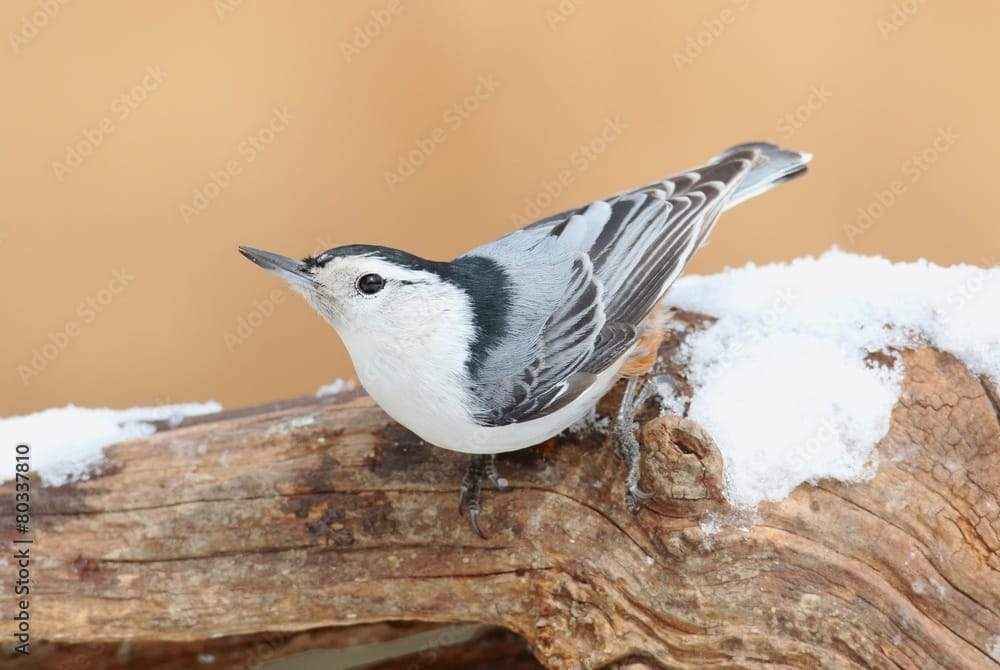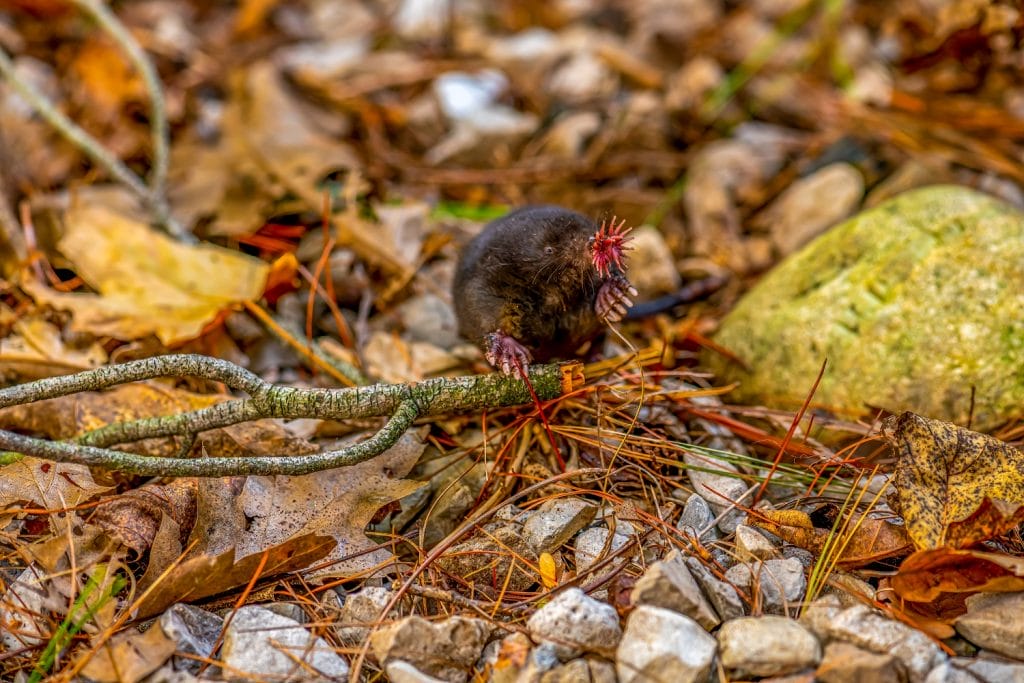Brook trout, a gem of our waters
Every good fisher recognizes a brook trout (Salvelinus fortinalis), also known as the eastern speckled trout. This sport fish is the most widely distributed geographically in Quebec and probably the most appreciated by fishers, who harvest more than sixteen million annually in the province’s lakes and rivers.
The slender fish, averaging 20 to 30 cm in length, prefers clear, well oxygenated water whose temperature doesn’t climb above 20oC. Motionless in the shade of a fallen tree, in the eddy of a tumbling river or the meander of a stream, the brook trout watches the passage of a prey or quietly digests its most recent meal. It can also be seen torpedoing through the water or leaping to catch an insect in flight.
Its menu is an opportunistic mix of all sorts of creatures: worms, leeches, mollusks, crustaceans, insects, spiders and small fish. The largest brook trout sometimes attack frogs and salamanders, and even grass snakes and mice that find themselves in the water. Every fisher has their preferred lure for catching trout. Mine is a dry fly or a wet (sinking) fly, its use followed by my appreciation of this feisty fish’s quickness and power.
At summer’s end and in the fall, the brook trout swim back up to the head of the lake or river, sometimes travelling several kilometres to spawn. The males’ scales then take on a more contrasting hue and their abdomens become bright orange. The largest of the species develop a kind of hook at the end of their lower jaw. The females each hollow out a nest in the river or stream where each fish lays as many as 5,000 eggs, which she covers with gravel. The eggs hatch 50 to 100 days later and the young leave the nest in springtime.
Formerly plentiful throughout Quebec, brook trout now suffer from overfishing, habitat degradation and the introduction of competing species. Let’s protect this jewel of our streams and rivers by obeying the fishing regulations and by being careful not to pollute their habitat or destroy the spawning grounds where they reproduce.
More from this author by clicking on his photo below.


Jacques Prescott131 Posts
Jacques Prescott est biologiste, professeur associé à la Chaire en éco-conseil de l’Université du Québec à Chicoutimi. Spécialiste de la biodiversité et du développement durable, il est l’auteur de nombreux livres et articles sur la faune et la conservation de la nature. Il nous fait l’honneur de rejoindre notre équipe de collaborateurs et signera chaque mois une chronique intitulée Faune et flore. / Jacques Prescott is a biologist, associate professor with the Chair in Eco-Counselling of the Université du Québec à Chicoutimi. A specialist in biodiversity and sustainable development, he is the author of numerous books and articles about wildlife and nature conservation. He has honoured us by joining our team of contributors and will write a monthly column entitled Wildlife and Habitat.








0 Comments